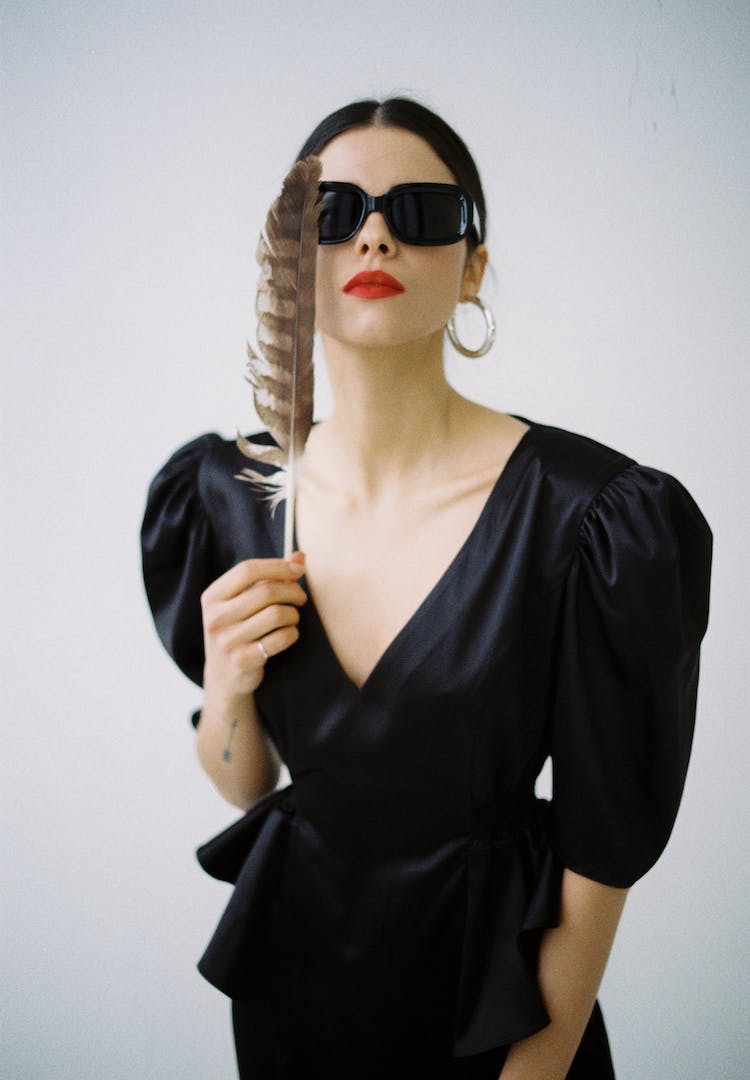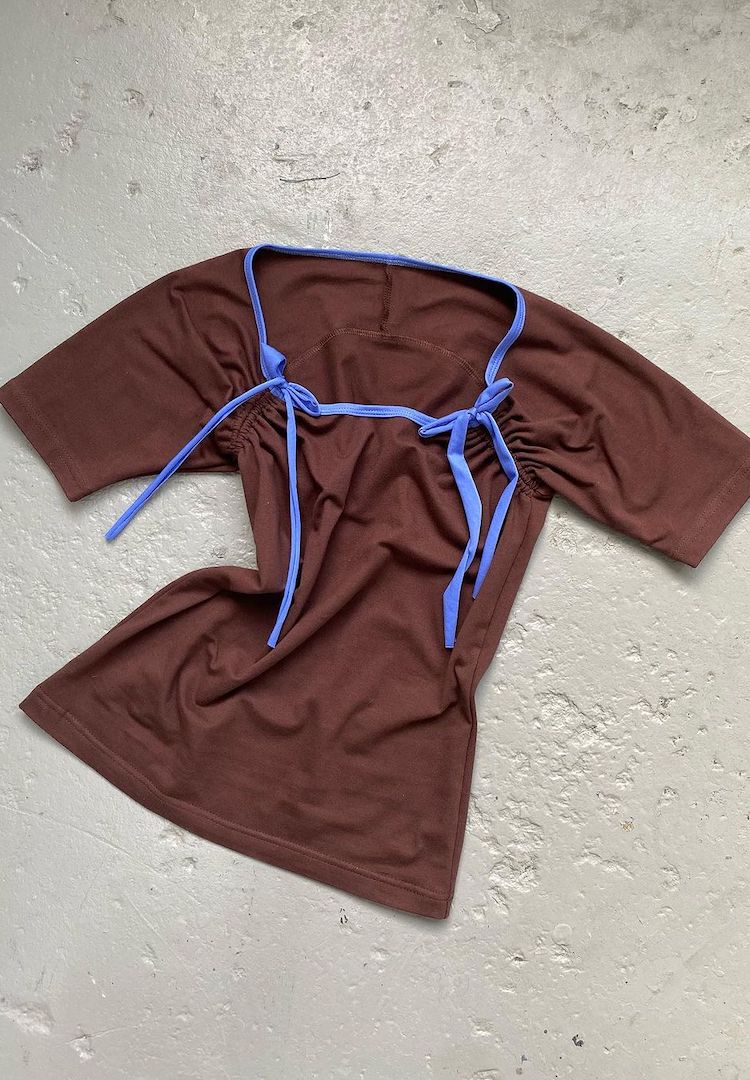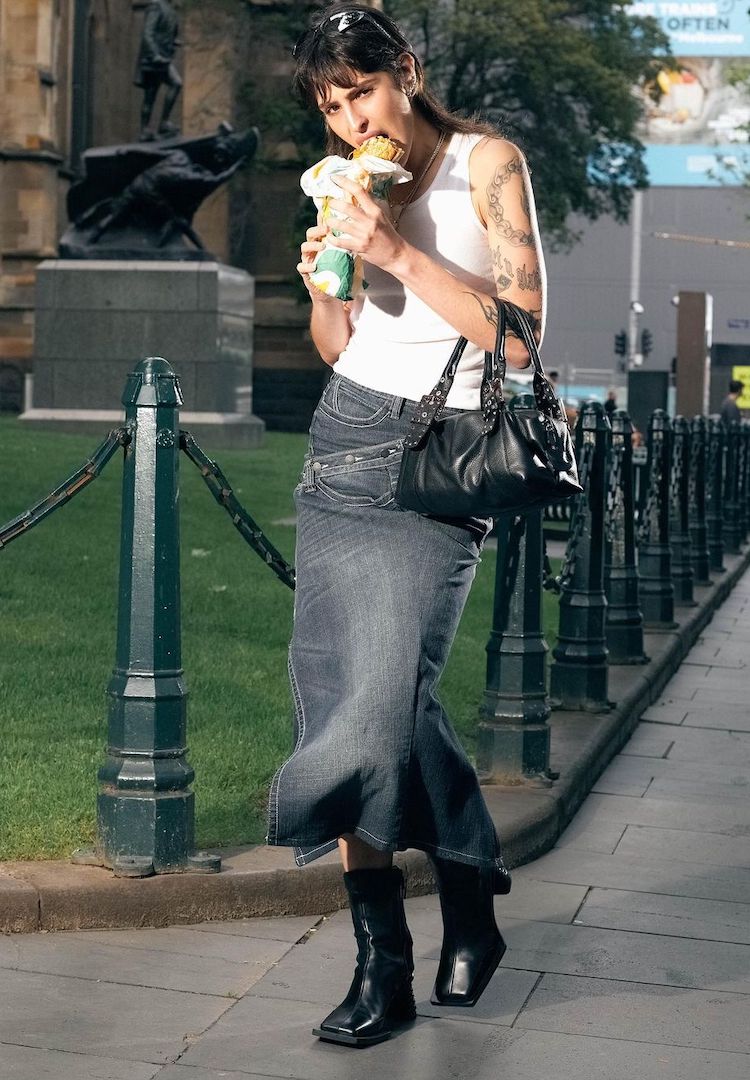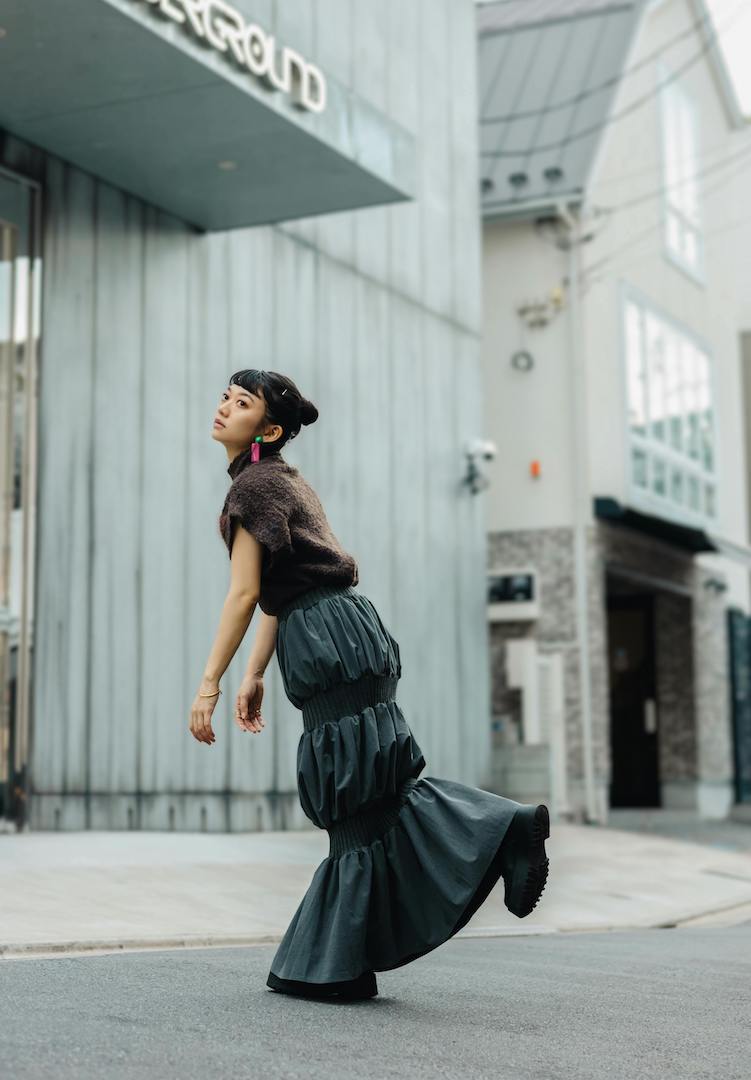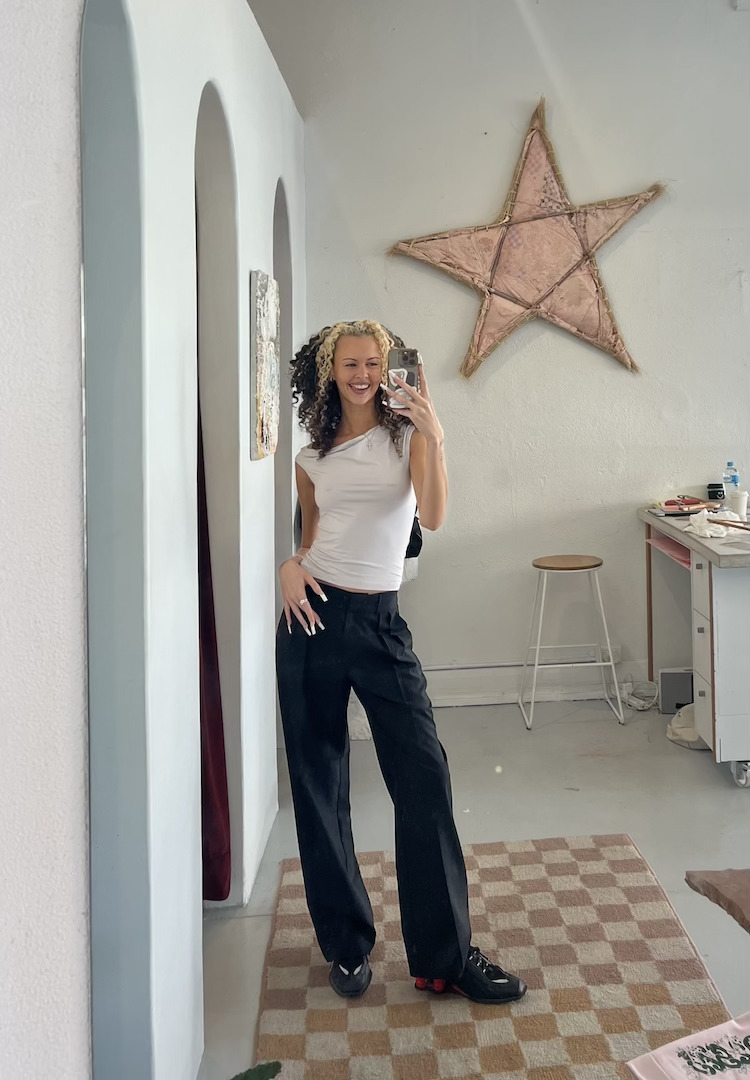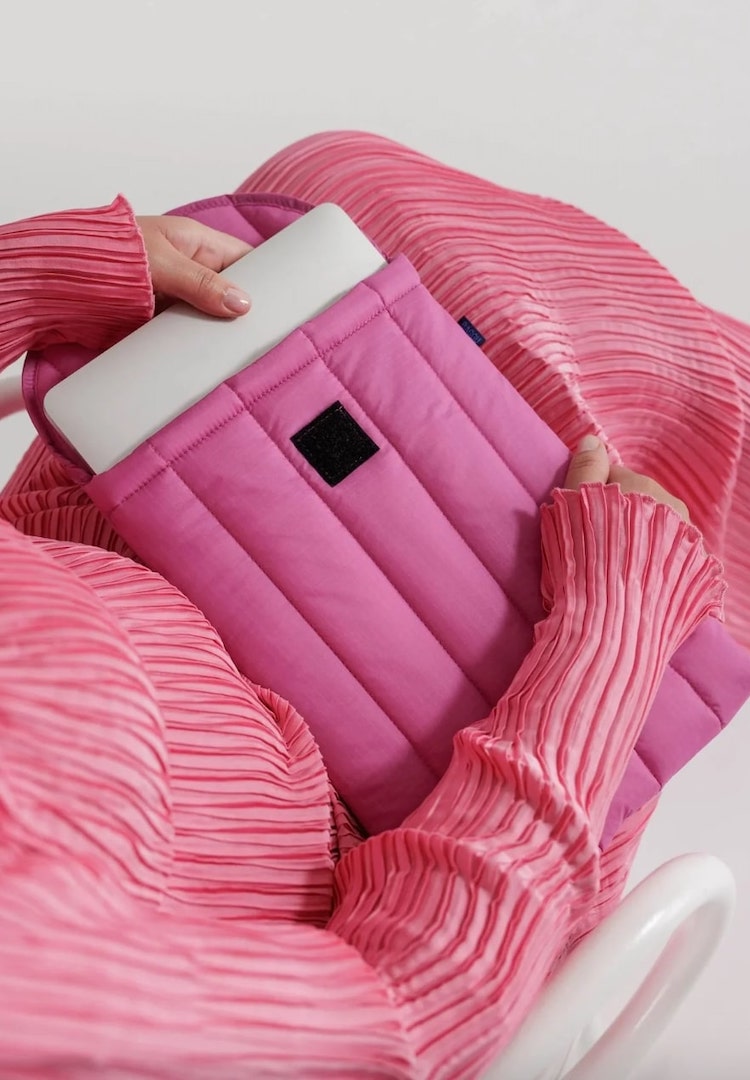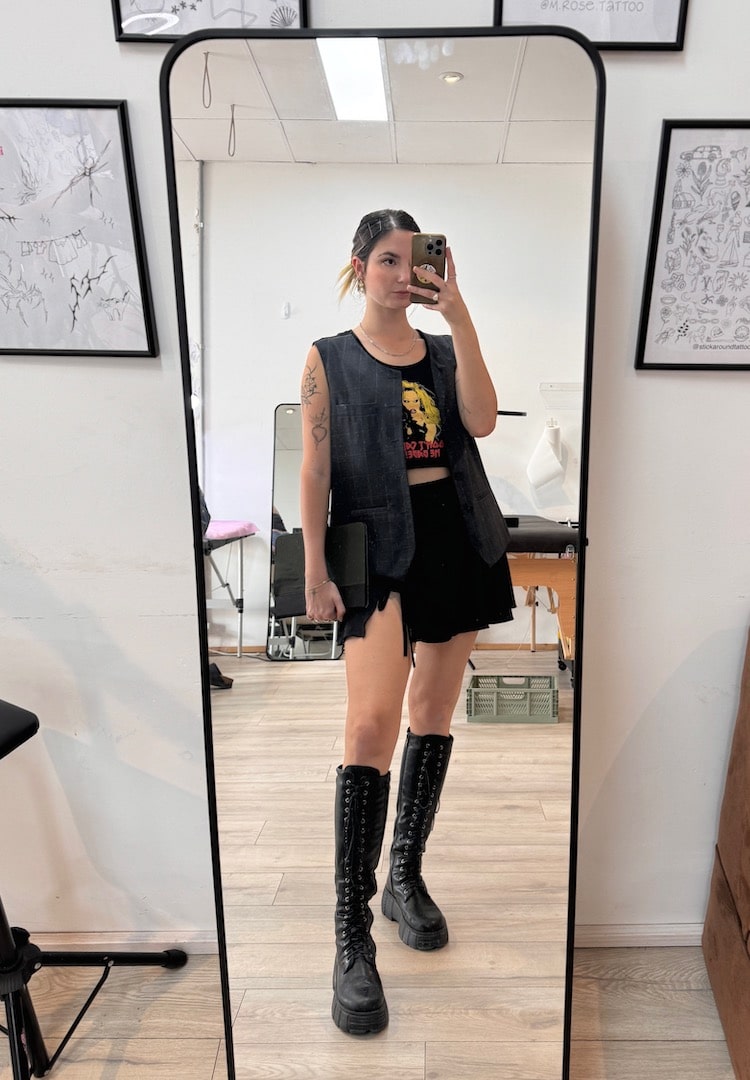How to follow a corporate dress code without compromising your personal style
IMAGE VIA @COREPRET/INSTAGRAM
WORDS BY EVANGELINE POLYMENEAS
Did you get the memo?
Corporate wear. Love it or hate it, most of us will have to wear it at some point, whether it’s once for Year 10 work experience or forever in our high-flying office jobs. While women constantly struggle to find clothes that fit their bodies, their style and the corporate dress code, men simply reach for the nearest shirt and call it a day.
Whenever you’re perusing the aisles of clothing shops with friends, at some point, someone will pull a nice top off the rack and utter the inevitable words: “Do you think this is appropriate for work?”
Looking to step up to a career in fashion? Head here to find your dream job.
When we’re asking whether this top or these pants is appropriate for work, often what we’re really asking is “Do you think this outfit will allow me to be taken seriously in my workplace?” More often than not, women’s corporate wear is an attempt to remodel men’s outfits to suit a woman’s physique.
But why can’t I wear a modest, flowy floral dress with puffy sleeves to my job at the bank? Or maybe a structured white shirt with an eye-catching lace collar? Oh, that’s right, it’s a man’s world. A 2015 study even found that women who dress more like men are increasingly likely to be hired over other women and are taken more seriously in the workplace. Great. So what do we do with that information?
When I googled ‘what is appropriate to wear to work?’, 540,000,000 results came up, almost all of which were directed at women. One article told me not to wear anything form-fitting, skirts that fall more than two inches above the knee, and especially not shorts. There goes practically my entire wardrobe.
To get a better idea of what corporate fashion really is and how to dress for it while still retaining your personal style, I asked the co-founder of Australian fashion label Coreprêt, Nessie Croft, for some advice. “I believe this is up to the culture we’ve built in certain workplace environments,” says Nessie.
“What I always encourage and strive to live by myself, is to wear clothes that I feel comfortable and confident in – and that will depend on the day, my mood and the type of work I am involved in. Women are always held to a higher standard, particularly when it comes to what we wear, so I strive to create designs that can transcend the occasion, the trends and the patriarchal gaze,” she explains.
A wonderful mix of corporate appropriateness with a hint of femininity, Nessie creates pieces that can be worn anywhere. And isn’t that the point? We ideally want to be able to seamlessly transition from work to our after-work lives without having to swap our outfits in a grotty public restroom.
So what is appropriate, and who decides that? “What is appropriate is subject to the working environment, but often I find suggested or ‘appropriate’ dress codes are a thinly veiled way of men dictating what women should wear, so they’re not a distraction to their male counterparts. Which I think we can all agree is archaic and sexist – we should all feel empowered to wear clothes that elevate our inner selves and contribute to more productive conversations,” Nessie tells me.
Having worked in corporate settings, I agree with her wholeheartedly. Considering all the rules that come along with these dress codes, it can seem impossible to be fashionable. But according to Nessie, “Being fashionable is entirely up to the wearer, they are the creators of their own fashionable expression, no matter the dress code.
“I think the best thing you can do is value fashion as a tool for self-expression and pick your pieces with consideration; invest in clothes that have longevity in both design and construction, don’t be afraid to wear colour and have fun with it.”
At the end of the day, if you work within the corporate scene, more often than not you’ll have to follow a dress code. But this doesn’t mean you’ll be stuck wearing clothing you don’t like. Buying from local sustainable brands that create pieces that have personality but are still formal enough – think E Nolan, Coreprêt, Arnsdorf, Alpha 60, Permanent Vacation, Sister Studios, Kloke, Handsom, FME Apparel, Par Moi and Jillian Boustred – is a great place to start, provided you have the budget.
If you’re looking for something work appropriate at a lower price point, Uniqlo is excellent for all the basics, particularly work-appropriate knitwear and shirts, as is Cos, although it’s pricier than the former. If you’re wanting to opt for secondhand clothing, local consignment stores like Mutual Muse, Goodbyes and Swop always have a great selection of local and international labels whose designs can be corporate-appropriate while still allowing you to retain your sense of style.
Curating a collection of shirts that suit your body type (a striped one and a white one are always a safe bet), a couple of pairs of tailored pants, dresses or skirts that can be worn with said shirts (pinstripe or bold colours can be a simple way to add interest to your outfits, as can layering), a well-cut blazer and a classic coat or trench is a good starting point, too.
As Nessie says, “If these garments are going to make up the majority of your wardrobe, then make sure you love and respect them.” Think of it like building a capsule wardrobe. While the corporate dress code is founded on sexism, if you’re stuck in a workplace that expects you to dress a certain way, you can try and have fun with it. Treat it almost like a challenge. Plus, power suits are in.
This article was originally published on June 7, 2021.
In search of the ideal suit? Try this for size.

